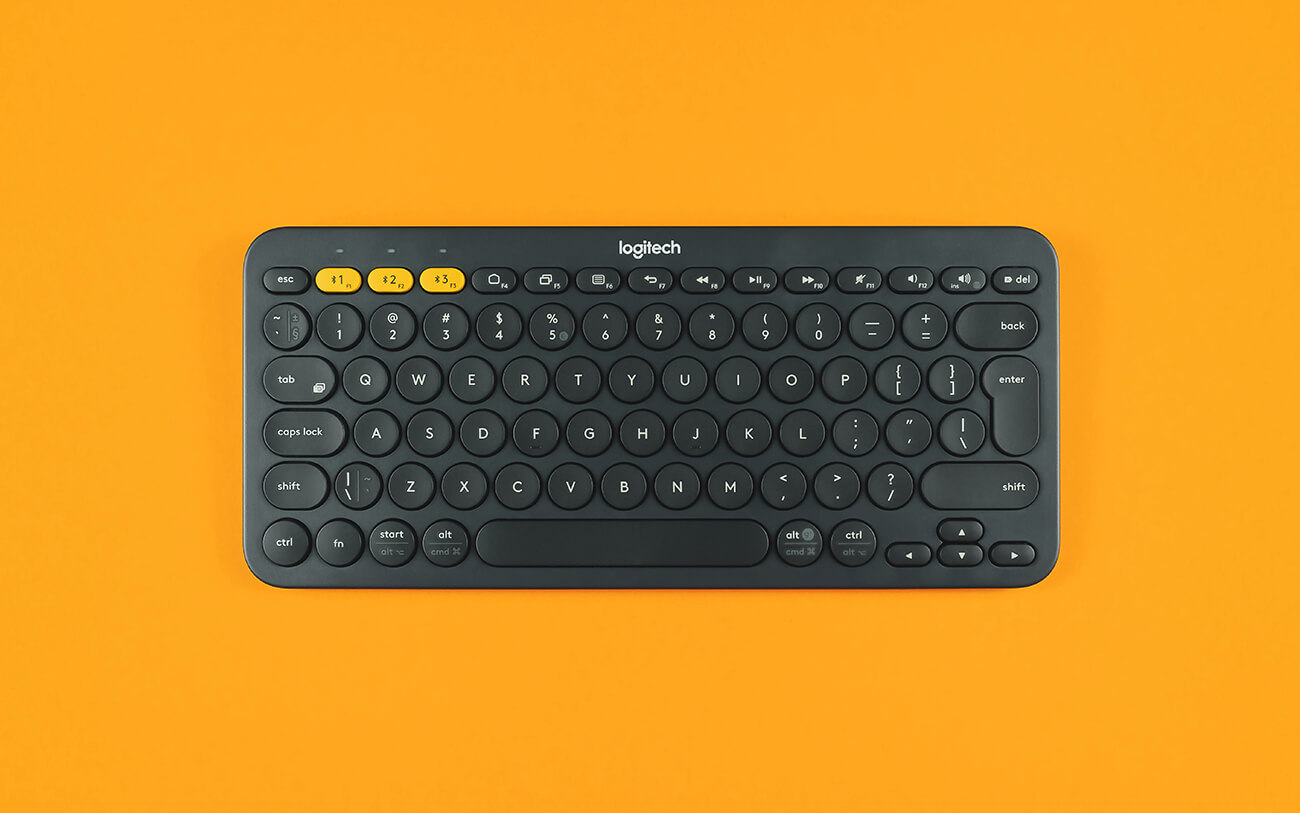In today’s globalized world, businesses increasingly need to reach diverse audiences across borders. A multilingual website is more than just a convenience—it’s a necessity for connecting with users who speak different languages and come from varied cultural backgrounds. However, designing a website that effectively serves global audiences comes with unique challenges. This blog will explore the obstacles and offer practical solutions to ensure your multilingual website is userfriendly, engaging, and inclusive.
The Challenges of Designing Multilingual Websites
1. Language-Specific Layouts
Different languages vary in length and orientation, which can disrupt a design optimized for only one language. For example:
- English is concise, while German text often requires more space.
- Arabic and Hebrew are read right-to-left (RTL), whereas English and Chinese are left-to-right (LTR).
2. Font Compatibility
Not all fonts support every language. Ensuring readability across multiple scripts, such as Latin, Cyrillic, or Devanagari, can be a hurdle.
3. Cultural Sensitivities
Colors, symbols, and imagery can have vastly different meanings in different cultures. An icon or color scheme that appeals to one audience might offend or confuse another.
4. SEO Complexities
Multilingual websites require tailored SEO strategies, including language-specific keywords, URL structures, and hreflang tags. Poor implementation can confuse search engines and hurt your rankings.
5. Technical Challenges
Managing translations, maintaining consistency, and handling updates for multiple languages require robust backend systems and workflows.
Solutions for Designing User-Friendly Multilingual Websites
Prioritize Responsive and Flexible Layouts
Design layouts that adapt to varying text lengths and reading directions.
- Use grid-based layouts to accommodate text expansion or contraction.
- For RTL languages, ensure your design mirrors the LTR version seamlessly. Most modern CSS frameworks, such as Bootstrap, support RTL styling
Pro Tip: Test your layouts with placeholder text in multiple languages early in the design process to identify potential issues.
Choose Universal Fonts
Select fonts that are compatible with multiple languages and scripts, ensuring readability and aesthetic consistency.
- Use font families like Noto Sans or Arial, designed to support a wide range of scripts.
- Avoid decorative or highly stylized fonts that may not render correctly in certain languages.
Pro Tip: Always test your chosen fonts with real multilingual text to ensure proper rendering.
Incorporate Cultural Localization
Design with cultural nuances in mind:
- Imagery: Use culturally neutral visuals or customize images for specific regions.
- Colors: Research color psychology in different cultures to avoid unintended messages. For instance, white symbolizes purity in Western cultures but mourning in some East Asian cultures.
- Icons and Symbols: Avoid icons with region-specific meanings unless they’re universally understood (e.g., a shopping cart for ecommerce).
Pro Tip: Work with local experts to ensure your design resonates with the target audience’s cultural context.
Optimize for Multilingual SEO
Ensure your multilingual website ranks well for searches in different languages by:
- Using hreflang tags to inform search engines about language versions. Creating language-specific URLs (e.g., example.com/en for English, example.com/fr for French).
- Translating metadata (title tags, descriptions, alt text) to match the site’s content.
Pro Tip: Avoid machine translations for SEO-critical content. Instead, invest in professional translations to maintain quality and accuracy.
Integrate Language Switchers Thoughtfully
Provide users with an intuitive and accessible way to switch languages:
- Use a clearly visible language switcher, often placed in the header. Display language names in their native script (e.g., Español instead of Spanish).
- Maintain user preferences by saving their chosen language in cookies or through user accounts.
Pro Tip: Test the switcher on both desktop and mobile devices to ensure seamless functionality.
Streamline Content Management
Managing translations for a multilingual site can be daunting, but the right tools can make it easier:
- Use Content Management Systems (CMS) like WordPress with multilingual plugins (e.g., WPML or Polylang).
- Employ translation management tools such as Lokalise or Weglot to automate and track translation workflows.
- Regularly review and update content to ensure accuracy and consistency across all languages.
Pro Tip: Assign a dedicated team or agency to oversee translation quality and manage updates effectively.



